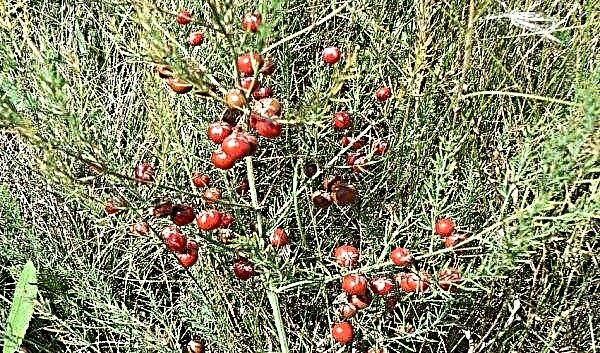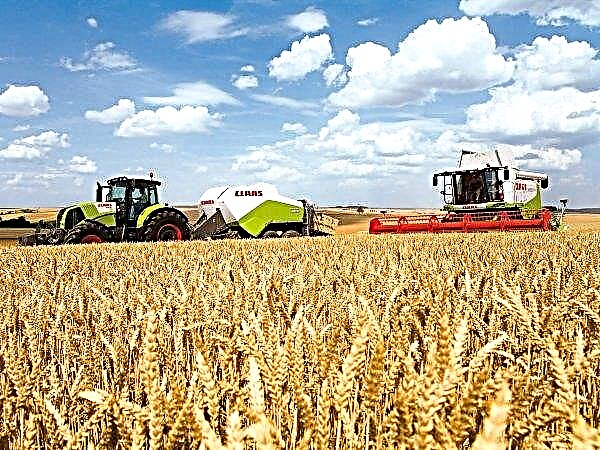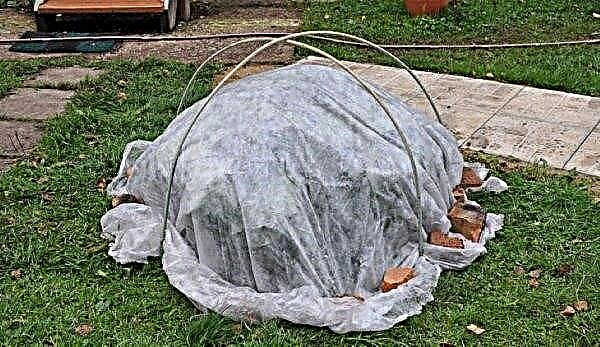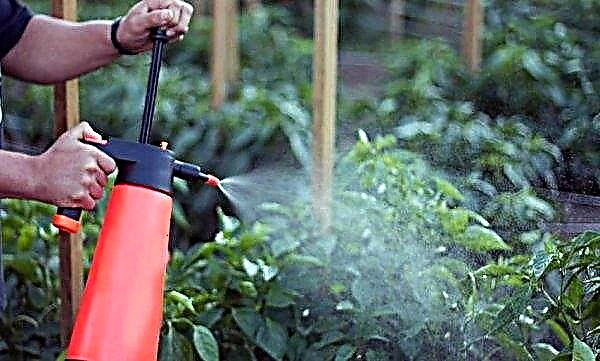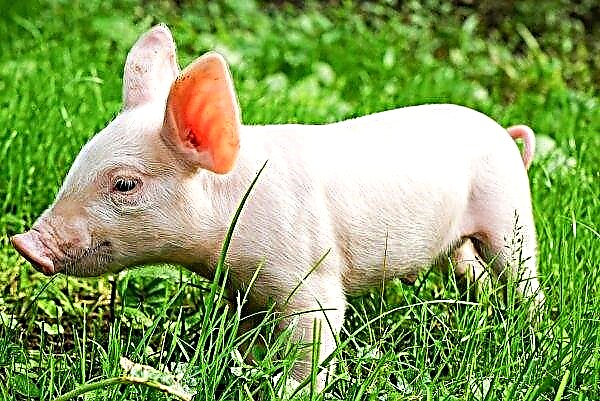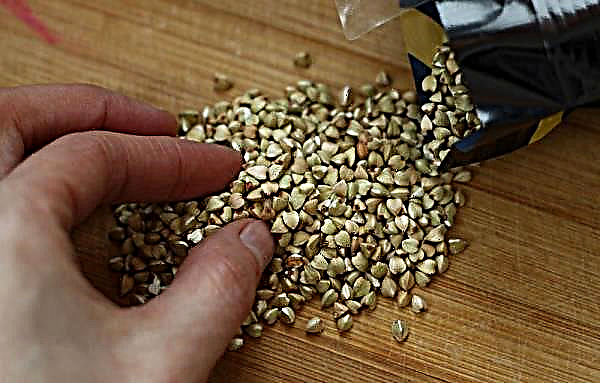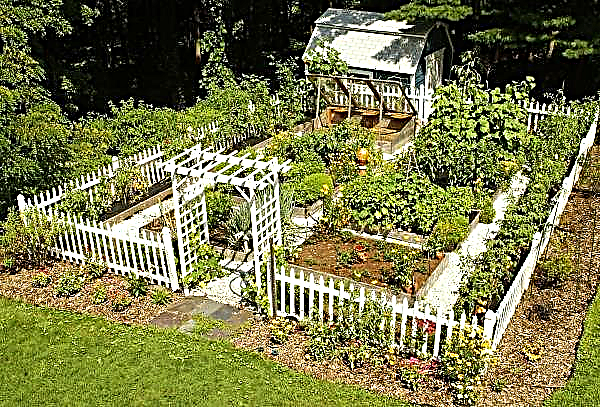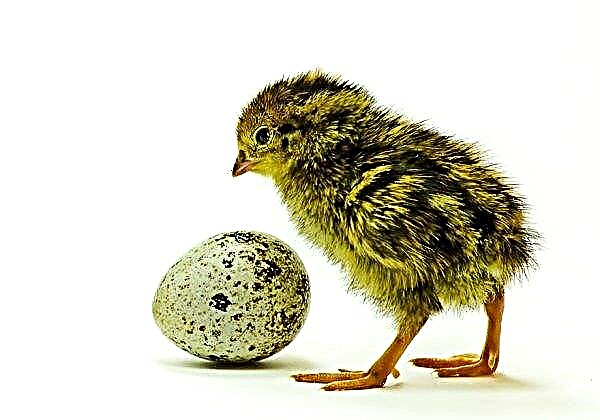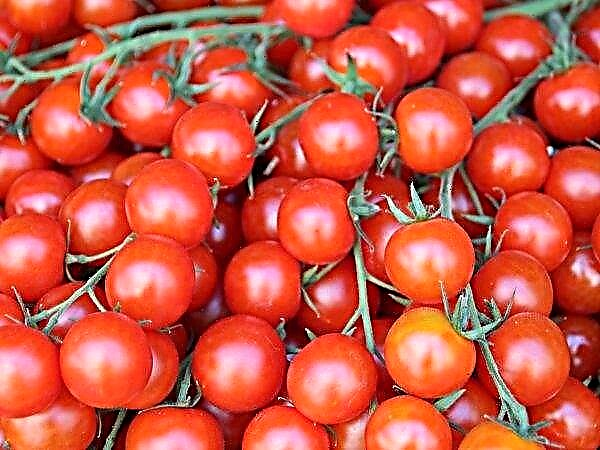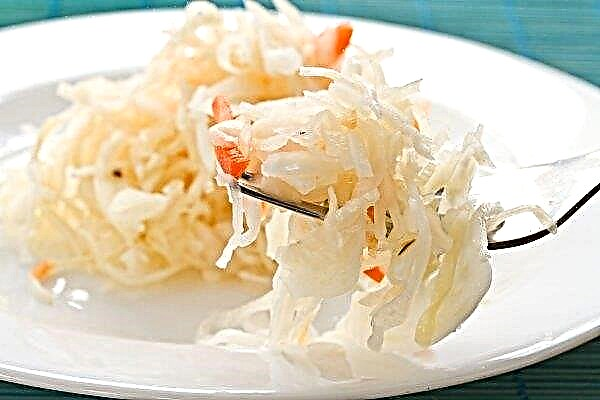Tomatoes of the Variety Gift to Woman F1 have collected many positive reviews among domestic gardeners. However, when growing tomatoes of this variety, you must follow the rules of care. About how to properly plant tomatoes Present for F1 women and how to care for them, read below.
Description and characteristics of the variety
Hybrid tomatoes A gift for F1 woman was brought out by the breeders of the Russian agricultural company SeDeK. The variety is mid-early. Maturing term - 105-110 days. Gardeners grow a gift for F1 woman in the garden and in the greenhouse, based on climatic conditions.
Important! Do not confuse Gift to a woman F1 with a grade Gift to my wife! Despite similar names, these are completely different tomatoes by characteristics.
Bushes grow to a height of 0.8 m, are determinant. The stems are strong, there are a lot of leaves on the shoots. On one brush, an average of 5 tomatoes grows. The fruits of this variety are pink. The weight of one tomato varies from 200 to 250 g. The fruits have a thick peel and dense pulp. The taste is close to sweet, sourness is not felt. On average, farmers harvest 8 kg of crop from 1 m² of tomato plantations.

Advantages and disadvantages of the variety
You will be interested

- Grade Advantages
- high productivity;
- drought tolerance;
- long-term storage;
- good keeping quality;
- pleasant sweet taste;
- disease resistance;
- lack of need for pinching;
- compact bush.
Gift for F1 Woman does not have significant shortcomings.
Acceptable timing for sowing varieties
Seeds for seedlings are sown in early March. After 55–65 days, in May, seedlings can be planted in the greenhouse. At the same time, farmers in the southern latitudes successfully move seedlings to open soil. In the middle lane, a transplant to the garden is carried out closer to June.
Did you know? In the wild, tomatoes still grow in South America, where they come from.
Growing Features
Tomatoes of this variety are grown by seedlings. Seeds are pre-sown and germinated at home, after which they are transplanted into the open ground. Before transplanting, seedlings must be properly looked after.
Growing seedlings
For seedlings, you need to prepare a container:
- box for general sowing;
- Separate small pots or cups for sowing separately.
Before sowing, the seeds are disinfected. To do this, they need to be filled with 1% potassium permanganate solution and left for half an hour. Pop-up grains can be removed. Suitable seeds are washed with warm water and dried. While the seeds are drying, prepare the substrate. Combine the soil and humus, mix. Additionally, it can be calcined in the oven for 30 minutes at a temperature of + 90 ° C (this disinfects the soil). Pour the finished substrate into containers.

Place the seeds in the soil at the rate of 2 pieces per 1 cm². In separate glasses place 2 grains at a distance of 1 cm from each other. Sprinkle the seeds with a 0.5 cm layer of soil and sprinkle lightly with water from the spray gun. Cover the containers with cellophane film and place in a dark place with a temperature of +23 ... + 25 ° С. When the first sprouts appear, rearrange the boxes with seedlings in the light.
Now the seedlings need the right conditions:
- temperature at the level of +20 ... + 25 ° С;
- bright diffused light;
- watering as the substrate dries;
- top dressing with complex minerals.
When the seedlings appear 2-3 leaves, they dive. From a common box, seedlings need to be transplanted in separate pots. Seedlings in separate glasses are transplanted into containers of larger diameter. Prior to transplanting, seedling care is the same.
Landing site preparation
For better rooting of bushes, vegetable growers pre-process the planting site.
The processing process is as follows:
- Loosen the ground.
- Add top dressing in the form of humus.
- Mix humus with soil using a rake.

Seedling Planting Technology
Seedlings are planted using the following technology:
- 2-3 hours before planting, water the seedlings in pots.
- Dig holes. The optimal distance between the beds is 0.6 m, between the planting pits - 0.4 m.
- Pour 1 tbsp into each well before planting. l superphosphate or pulverized charcoal.
- Remove the seedlings from the pots without removing the earthen lump.
- Place the seedlings in the wells.
- Fill the pits with earth.
- Water the soil at the bottom of the bushes.
Important! Plant seedlings in the late afternoon, when the sun is no longer too active.
Tomato Care Features
After transplanting seedlings to a permanent place, you need to properly care for them. Bushes need watering, fertilizing, forming, loosening and weeding.
Norms of watering and top dressing
Tomatoes need proper watering. The optimum water temperature for irrigation is +18 ... + 22 ° С. It is advisable to defend it first. You need to water the soil, not the tops, otherwise a burn of leaves may appear.

Gift to his wife F1 - a stunted hybrid. 3-5 l of water is enough for one bush for active growth. Typically, the land is irrigated 1-2 times a week. However, the frequency of watering depends on the weather and climate. The hotter, the faster the soil dries. If the earth is crusted or leaves are hanging on the bushes, vegetable growers immediately water them. For good fruiting, the bush needs top dressing.
Gardeners who cultivated this variety are advised to fertilize tomatoes once every 2 weeks. Mullein can be used from organics: 0.5 l of the substance is diluted in 10 l of water and stirred. You can also add 1 tbsp. nitrofoski. For 1 bush, 0.5 l of funds is enough. Mineral fertilizing is better to use complex. However, when the bushes bloom, it is better to avoid nitrogen-containing fertilizers.
Pasynkovka and formation of a bush
It is not necessary to pinch bushes. Tomatoes are formed, removing part of the lower leaves. So the fruits will receive more oxygen.
Soil cultivation and weeding
Gardeners generally loosen the soil for air access to the rhizome of tomatoes. Roots enriched with oxygen develop well. The quality of fruiting depends on the development of the root system. For convenience, the soil is loosened during irrigation. Weeds also need to be removed as they appear.

Tomato diseases and pests
The hybrid is resistant to three common diseases:
- late blight;
- tobacco mosaic;
- verticellosis wilting.
Fungal infections are most common on tomato beds.
Among them:
- alternariosis;
- anthracosis;
- rhizoctonia;
- blackleg;
- gray rot.
The determinant varieties of tomatoes also include:
Fungicidal agents are used to treat fungus. Ridomil and Bordeaux fluid have proven themselves well.
Among the pests on the bushes and soil, you can notice:
- aphids;
- spider mite;
- Colorado potato beetle;
- thrips.
Parasites are excreted by insecticides. You can use the drug "Aktara" popular with farmers. The main preventive measure is competent and quality care. Additionally, gardeners process plantings with 1% solution of copper sulfate.
Did you know? Tomato is a dietary product. Its calorie content per 100 g is only 19 kcal.
Harvesting and storage standards
Ripe fruits find a bright pink color. It is better not to remove them all at once, but as individual tomatoes ripen. Fruits are stored for 1–1.5 months. Unpretentious tomatoes A gift to a woman F1 will suit both a professional and a beginner in vegetable growing. With a competent approach to growing, the gardener will receive a plentiful and tasty crop.

